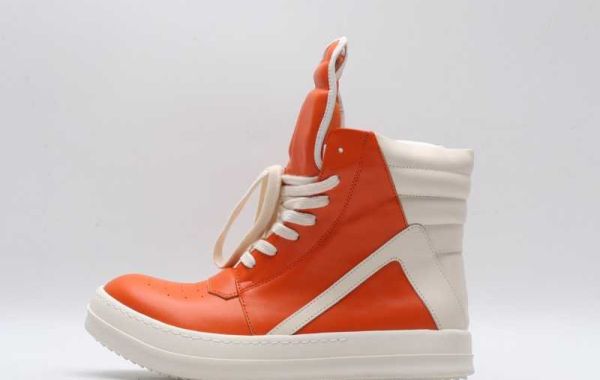College can be mentally exhausting for students pursuing various degrees, majors, etc. Between balancing studies, working a temp job, and maintaining a social life, all these responsibilities can become pretty overwhelming. Consequently, students usually end up putting their health and well-being on the back burner.
Students may also find it challenging to prepare meals and may consume junk most time on and off campus to satisfy their hunger. Is it healthy? What are the consequences of unhealthy eating habits? Let’s find out.
Importance of Nutrition and Exercise During College
What we eat can significantly affect our brain function. Even though students might be tempted to combat stress by having a wholesome unhealthy meal or their favorite snacks, alternating sweet and salty snacks with healthier options can benefit them. Students need to consume nutrient-dense foods to help them stay productive and attentive during lectures and retain information. Eating healthy can also prevent illnesses, so students won’t take sick leaves and dedicate their time to education. Good nutrition is a necessary tool to help college students work through the stressors of academic life.
Brain Boosting Foods
While opting for well-rounded and nutrient-dense diets, children should also focus on incorporating brain-boosting foods. This can help improve their brain function and add more nutrients to their meal. Here’s a list of nutritious foods you need to add to your diet:
- Avocado
- Omega 3
- Vitamin E
- Leafy greens
- Whole grains
Healthy Meals for College Students
The problem most student face while trying to improve their diet is planning their meals around their schedules. They have pretty busy routines, and grabbing a cupcake for breakfast or getting a cup of coffee to go is normal. To satisfy mid-day hunger, burgers, and fries off the dollar menu are the most popular choices. To students, eating healthy is a matter of inconvenience. It requires extensive lifestyle changes.
However, one easy way to make a healthy change is to switch up what you order at a fast food chain. For instance, students can opt for healthier options instead of fried battered food. Students can also be mindful of their snacking habits and choose fruits and vegetables over conventional snacks.
Sample Mean Plan
Want to start meal prepping and planning? Found it more challenging than shown by influencers on social media? You need a guide to help you meal prep correctly.
Students can easily create their meal plans once they figure out different ingredients’ portion sizes and nutritional values. Here is an example of a meal plan for a day:
Breakfast
- Cereal with fruits: 1 cup of cereal, one banana, and ¼ cup of low-fat milk.
- A hard-boiled egg
- Coffee, tea, or water
Lunch
- Green Salad with Cajun Chicken: around a cup of romaine lettuce, 3oz sliced chicken, five slices of cucumber, and three pieces of tomato.
- 2 tbsp. vinaigrette dressing
- A slice of whole wheat bread with ½ teaspoon of margarine
- Chocolate chip yogurt cookie
- 1 cup low-fat milk
Dinner
- One pan pasta
- ½ cup broccoli (steamed)
- ½ tsp butter
- One white bread dinner roll
- 1 tsp jam or jelly of your choice
- Green tea or water
Snacks
- 2 to 3 cups of popcorn
- An orange
Taking care of one’s physical health is essential for a student to maintain a healthy personal, work, and social life. In the book, The Unofficial Guide to Surviving College, Leslie shares his experiences with unhealthy eating during college and how it negatively impacted his health and overall well-being. Get your copy today.







